View all Standards for British Columbia (2018)
Experiment with a range of materials, props, processes, and technologies to create and refine performances
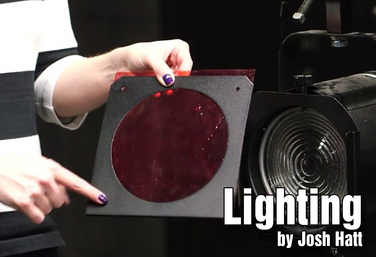
Part of the Technical Theatre Mini Units Curriculum
Lighting
by Josh Hatt
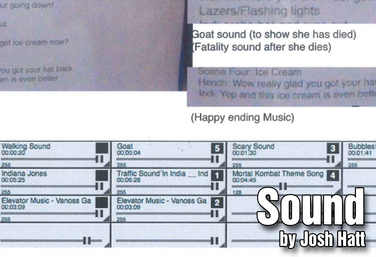
Part of the Technical Theatre Mini Units Curriculum
Sound
by Josh Hatt

Part of the Technical Theatre Mini Units Curriculum
Costuming
by Josh Hatt
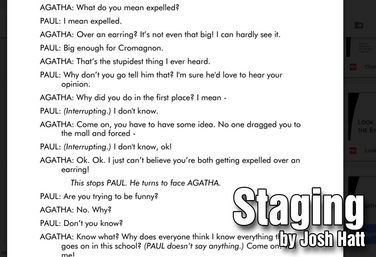
Part of the Technical Theatre Mini Units Curriculum
Staging
by Josh Hatt
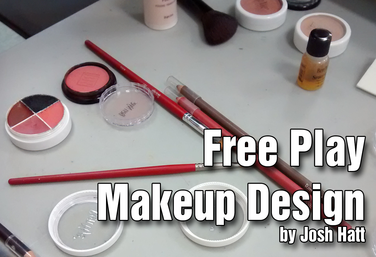
Part of the Technical Theatre Mini Units Curriculum
Free Play Makeup
by Josh Hatt
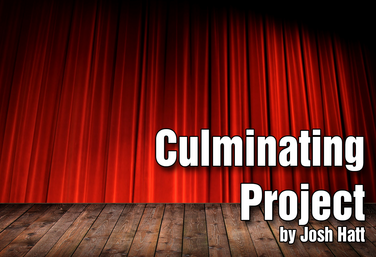
Part of the Technical Theatre Mini Units Curriculum
Culminating Project
by Josh Hatt
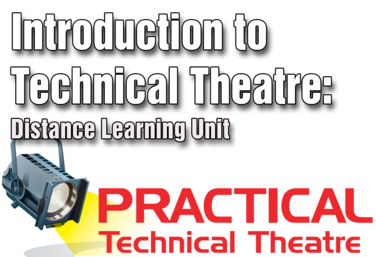
Part of the Distance Learning Curriculum
Introduction to Technical Theatre: Distance Learning
by Lindsay Price
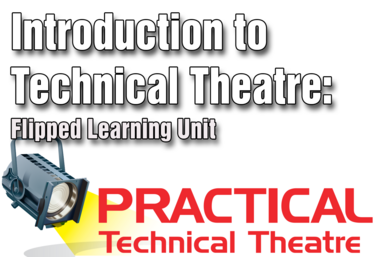
Introduction to Technical Theatre: Flipped Learning
by Lindsay Price
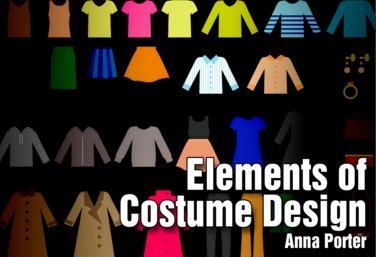
Elements of Costume Design *Hyperdoc
by Anna Porter
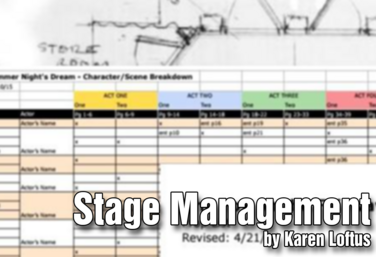
Stage Management
by Karen Loftus
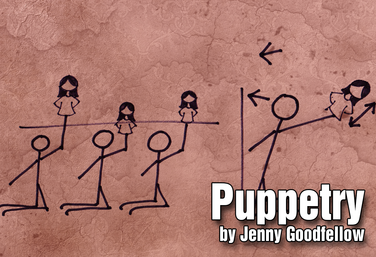
Puppetry
by Jenny Goodfellow
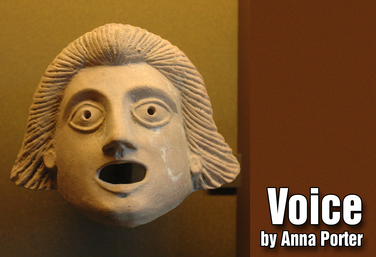
Voice
by Anna Porter
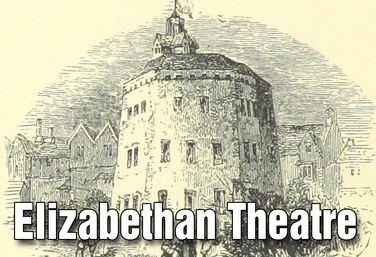
Part of the Drama One Curriculum
Elizabethan Theatre
by Karen Loftus
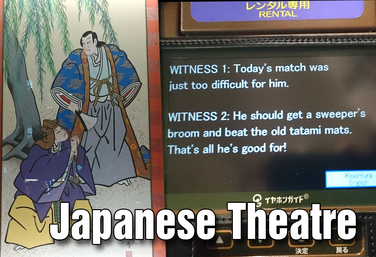
Part of the Drama One Curriculum
Japanese Theatre
by Karen Loftus
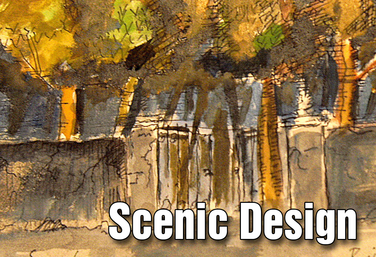
Part of the Drama One Curriculum
Scenic Design
by Karen Loftus
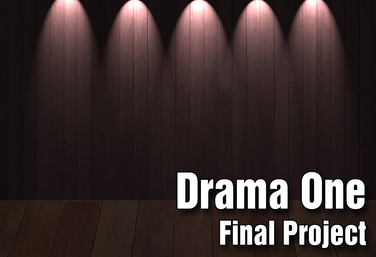
Part of the Drama One Curriculum
Drama One Final Project
by Karen Loftus
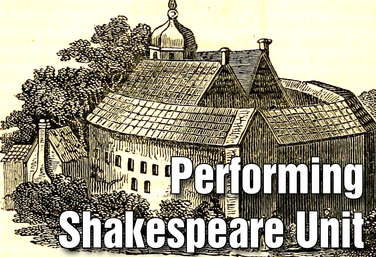
Part of the Drama Two Curriculum
Performing Shakespeare
by Matt Webster
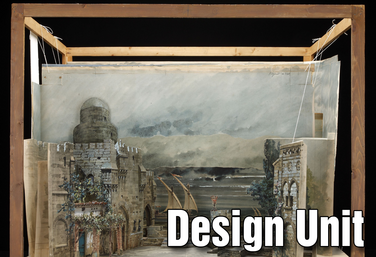
Part of the Drama Two Curriculum
Design
by Matt Webster
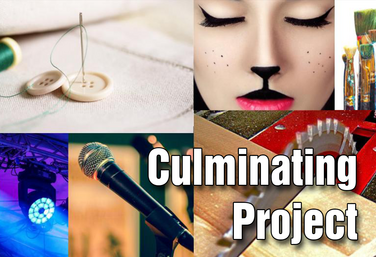
Part of the Stagecraft Without a Theatre Curriculum
Culminating Project
by Karen Loftus
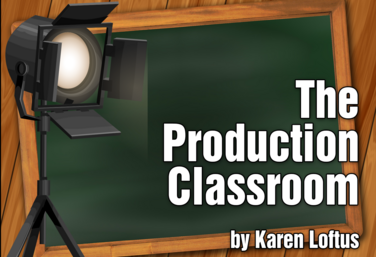
Part of the Production Classroom Units Curriculum
Part One - Pre-Production
by Karen Loftus

Part of the Production Classroom Units Curriculum
Part Two - Rehearsal and Performance
by Karen Loftus

Part of the Production Classroom Units Curriculum
Part Two - Documents
by Karen Loftus

Part of the Stagecraft Without a Theatre Curriculum
What is a Stage Manager? (Extra Lesson)
by Karen Loftus

Part of the Production Classroom Units Curriculum
Part Three - Reflection and Assessment
by Karen Loftus
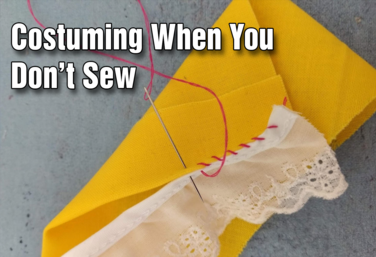
Tech Theatre Unit: Costuming When You Don't Sew
by Drama Teacher Academy
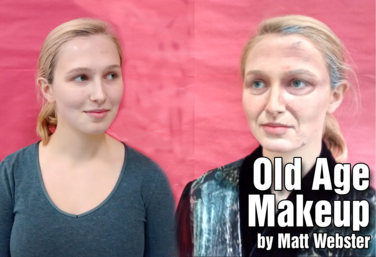
Old Age Makeup
by Matt Webster
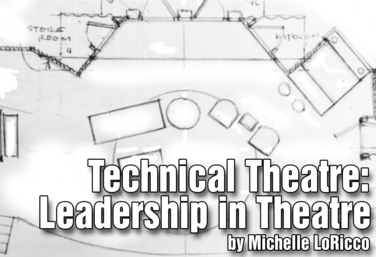
Technical Theatre: Leadership in Theatre
by Michelle LoRicco

Scene Staging
by Lindsay Price
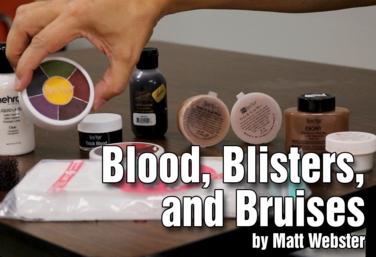
Blood, Blisters & Bruises Makeup
by Matt Webster
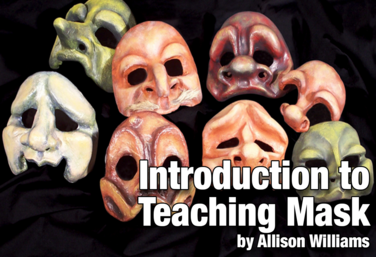
Introduction to Mask
by Allison Williams
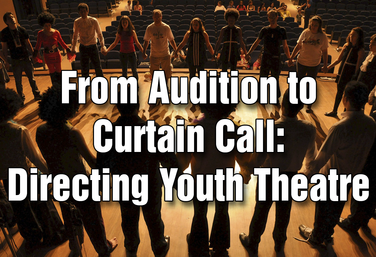
From Audition to Curtain Call: Directing Youth Theatre
by Steven Stack
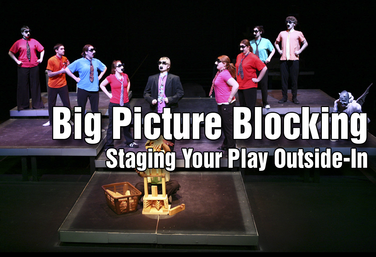
Big Picture Blocking: Staging Your Play Outside-In
by Todd Espeland

The Do-it-All Director's Introduction to Costuming
by Holly Beardsley
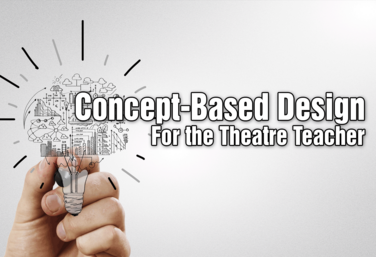
Concept-Based Design for the Theatre Teacher
by Matt Webster
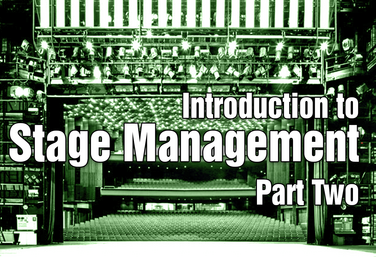
Introduction to Stage Management Part Two
by Karen Loftus

Basic Lighting for Drama Teachers
by Claire Broome
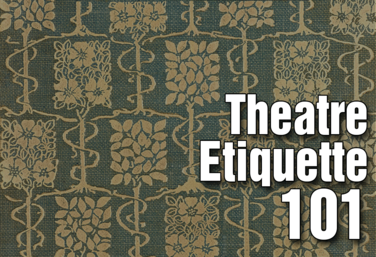
Theatre Etiquette 101
by Kerry Hishon
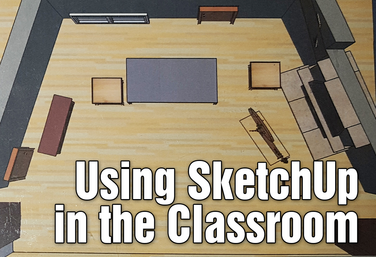
Using SketchUp in the Classroom
by Ray Palasz

The Production Classroom
by Karen Loftus
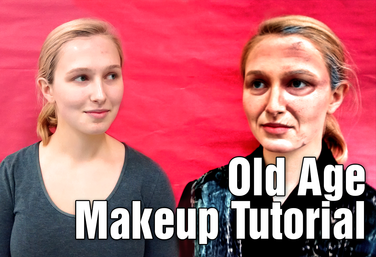
Old Age Makeup Tutorial
by Matt Webster
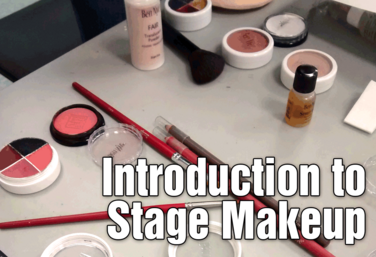
Introduction to Stage Makeup
by Matt Webster
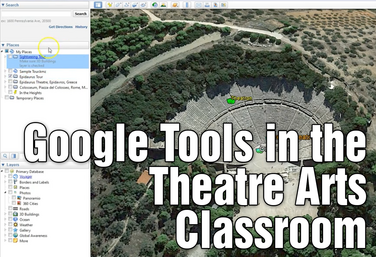
Google Tools in the Theatre Arts Classroom
by Anna Porter
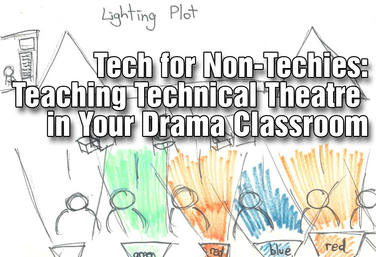
Tech for Non-Techies: Teaching Technical Theatre in Your Drama Classroom
by Josh Hatt
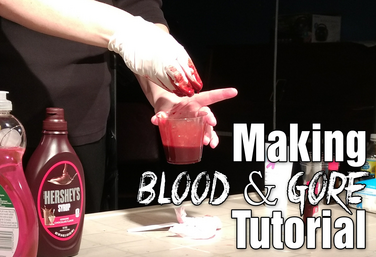
Making Blood and Gore Tutorial
by Linda Veneris

Beyond the Basics: Rehearsal Strategies to Grow Your Actors
by Julie Hartley

Director's Toolbox 1: Teaching Students to Direct
by James Van Leishout
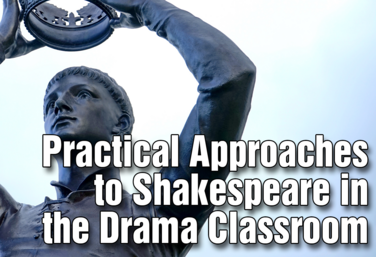
Practical Approaches to Shakespeare in the Drama Classroom
by Julie Hartley
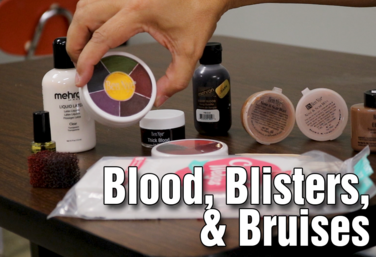
Blood, Blisters & Bruises
by Matt Webster
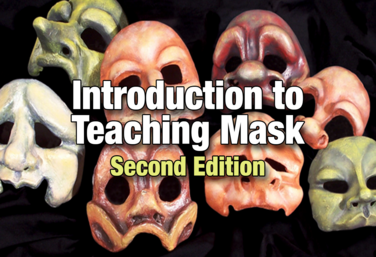
Introduction to Teaching Mask: 2nd Edition
by Allison Williams
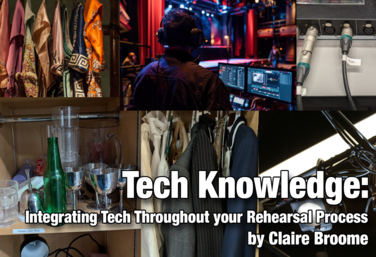
Tech Knowledge: Integrating Tech Throughout Your Rehearsal Process
by Claire Broome
View all Standards for British Columbia (2018) Standards Master List